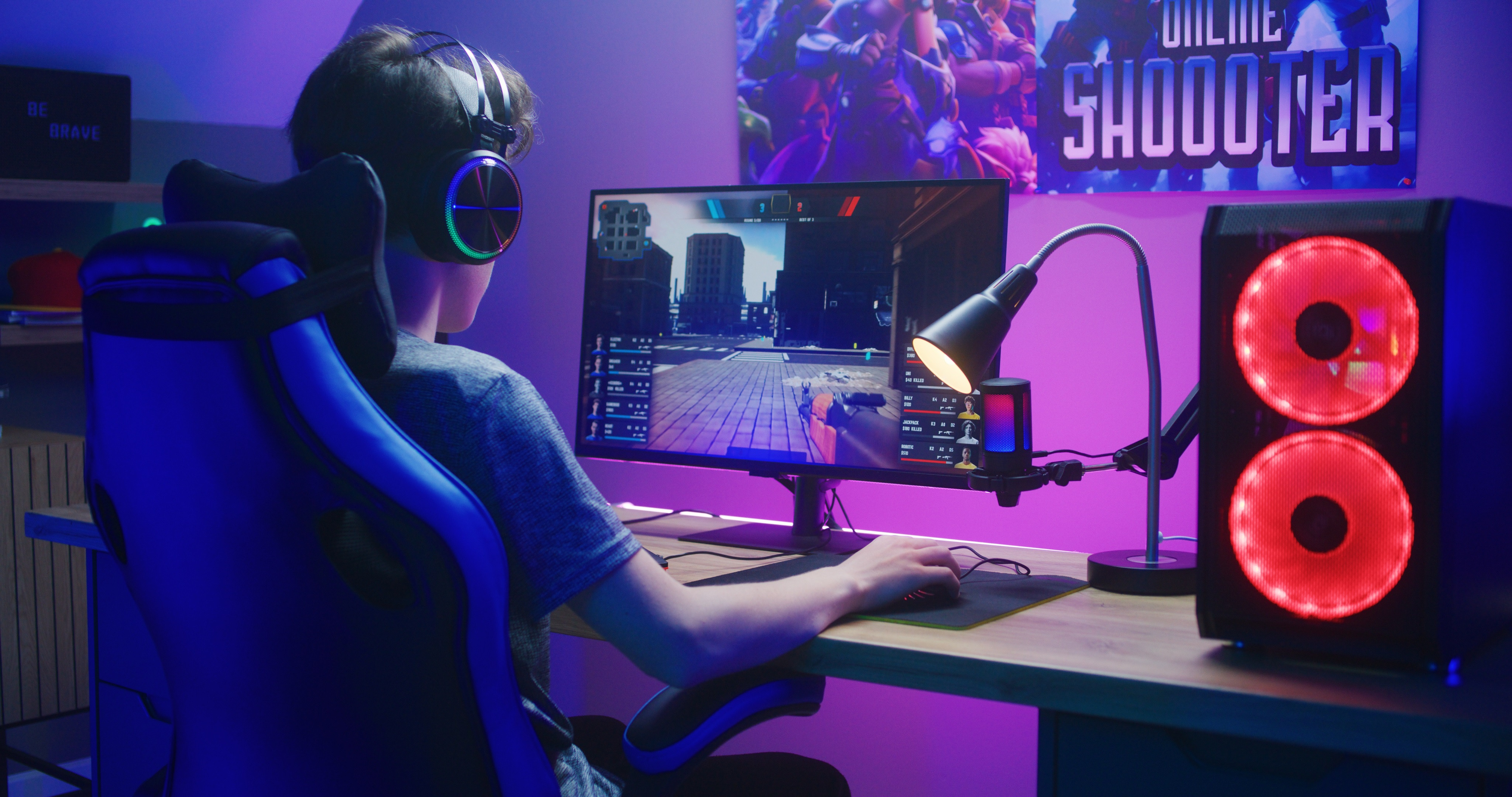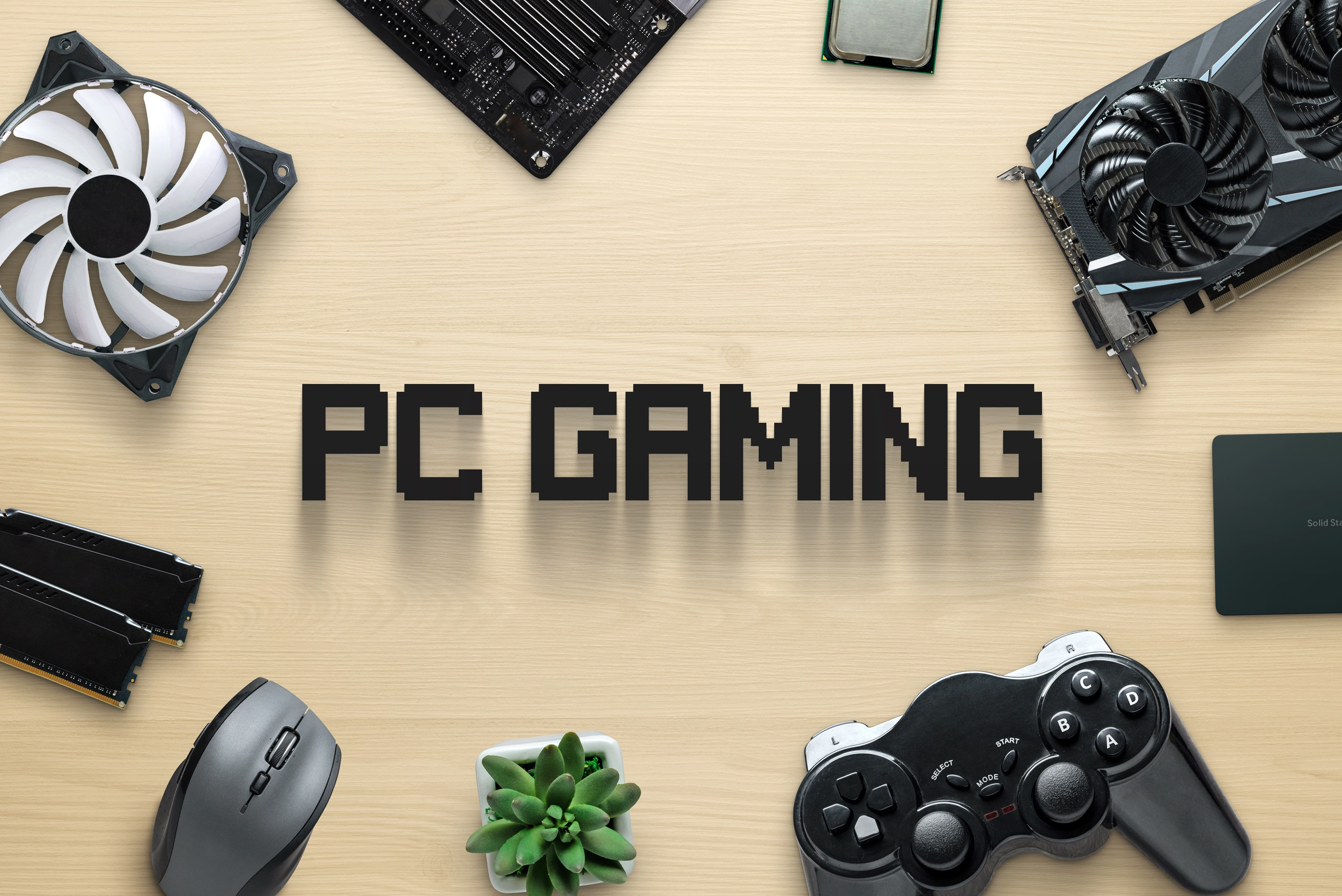The OPPO A5 Pro Series is designed for users who demand durability, high performance, and long-lasting reliability...

GPU Comparison: Low-end vs. Mid-range vs. High-end
Any computer system must include graphics processing units (GPUs), but gamers and graphic designers especially need them. But with so many options available, picking the ideal GPU for you could be challenging. In this post, we will compare low-end, mid-range, and high-end GPUs to help you make an informed decision.
Low-end GPUs
Low-end GPUs are the most affordable option, and they are a good choice for casual gamers or anyone who does not need a lot of graphics power. They are typically found in laptops and budget PCs. Low-end GPUs can typically handle basic graphics tasks, such as web browsing and watching videos. On the other hand, more difficult jobs like gaming and video editing could be difficult for them.
Mid-range GPUs
Mid-range GPUs offer a good balance of performance and price. For players who want to play the newest games in respectable settings, they are a solid option. On mid-range GPUs, most games can typically be played at 60 frames per second (fps) and 1080p quality.
High-end GPUs
High-end GPUs are the most powerful and expensive option. They are a terrific choice for gamers who want to play the newest games at the greatest quality and resolutions. High-end GPUs can typically handle 4K resolution and 120 fps.
The main distinctions between low-end, mid-range, and high-end GPUs are summarized in the following table:

The ideal GPU for you will rely on your spending limit and your requirements. If you are a light gamer or someone who does not need a lot of graphics power, a low-end GPU will be a great option. If you are a more serious player, a mid-range GPU will be a better choice. Furthermore, if you are a serious gamer searching for the best performance, a high-end GPU is the ideal choice.
Frequently Asked Questions
1. What is the most crucial aspect to take into account when selecting a GPU?
The most crucial thing to think about is your budget. You can begin to reduce your alternatives after you have an idea of how much you are willing to spend.
2. What distinguishes an integrated GPU from a dedicated GPU?
A dedicated GPU is a separate graphics card that is installed in your computer. A graphics processor incorporated into the motherboard of your computer is called an integrated GPU. Integrated GPUs are typically less powerful than dedicated GPUs.
3. How does CUDA and OpenCL vary from one another?
Programming languages used to create code for GPUs are CUDA and OpenCL. AMD GPUs use OpenCL, and NVIDIA GPUs use CUDA.
4. How do I overclock my GPU?
While overclocking your GPU might improve performance, if done incorrectly it can potentially harm it and violate your warranty.
5. Where can I learn more about GPUs?
You can learn more about GPUs from a variety of online and in-person venues.









Leave a comment